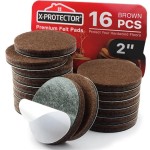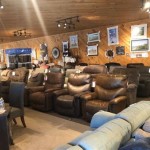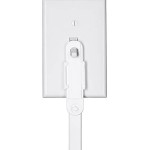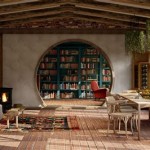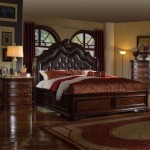Best Wood for Furniture Building
Choosing the right wood for furniture building is a crucial decision that significantly impacts the final product's durability, aesthetics, and overall quality. With a wide variety of wood species available, each possessing unique characteristics, understanding the best wood for your project can be overwhelming. This article will delve into the key factors to consider when selecting wood for furniture building, explore some of the most popular options, and provide insights into their suitability for different applications.
Factors to Consider When Choosing Wood
Before embarking on any furniture building project, it's crucial to consider several factors that influence wood selection. These factors include:
- Durability and Hardness: This refers to the wood's resistance to scratches, dents, and wear and tear. Hardwoods generally offer greater durability compared to softwoods.
- Grain Pattern and Color: The unique grain patterns and colors of different wood species contribute significantly to a piece of furniture's aesthetic appeal. From the warm tones of cherry to the dramatic figure of walnut, choosing the right wood can enhance the overall design.
- Workability: Some wood species are easier to work with than others, depending on their density and grain structure. Consider the tools you have available and your experience level when selecting wood.
- Cost: Wood prices fluctuate depending on species, availability, and market demand. Budget constraints play a crucial role in wood selection. Exotic hardwoods can be significantly more expensive than domestic options.
- Sustainability: Opting for sustainably harvested wood ensures that forest resources are managed responsibly. Look for certifications such as Forest Stewardship Council (FSC) to support sustainable practices.
Popular Wood Species for Furniture Building
With a wide array of wood species available, choosing the right one for your project can be daunting. Here are some of the most popular choices for furniture building, highlighting their unique characteristics and applications:
Hardwoods
Oak: Renowned for its strength, durability, and beautiful grain pattern, oak is a popular choice for furniture building. It's suitable for both traditional and contemporary designs and can withstand heavy use.
Cherry: Known for its warm reddish-brown color and fine grain, cherry is a beautiful wood that ages gracefully over time. Its moderate hardness and beautiful appearance make it suitable for both traditional and modern furniture.
Maple: With its tight grain and light color, maple is often used for furniture requiring a smooth, clean look. Hard maple is particularly durable and suitable for dining tables, cabinets, and flooring.
Walnut: Famous for its striking figure and rich dark color, walnut is a luxury wood that is often used for high-end furniture. Its strong and durable nature makes it suitable for various applications.
Mahogany: This exotic hardwood is known for its reddish-brown hue, intricate grain, and excellent workability. It is often used for furniture requiring a classic, elegant look.
Softwoods
Pine: A readily available and relatively inexpensive softwood, pine is often used for furniture requiring a rustic or country aesthetic. It is lightweight and easy to work with, making it suitable for beginners.
Cedar: Known for its distinctive aroma and resistance to insects and moisture, cedar is often used for outdoor furniture and chests. Its light color and straight grain make it suitable for various furniture projects.
Redwood: This durable softwood is known for its rich reddish-brown color and natural resistance to decay. It is often used for outdoor furniture, decking, and siding.
Choosing the Right Wood for Your Project
The best wood for your project depends on several factors, including the furniture's intended use, desired aesthetics, and budget. For furniture requiring durability and strength, hardwoods like oak, maple, and walnut are excellent choices. For projects requiring a rustic or country aesthetic, softwoods like pine or cedar can be suitable options. When selecting wood, consider the following tips:
- Inspect the wood carefully: Look for any defects like knots, cracks, or warping that could affect the furniture's structural integrity.
- Consider the wood's properties: Understand the wood's hardness, density, grain pattern, and workability before making your decision.
- Get professional advice: If you're unsure about wood selection, consult with a knowledgeable woodworker or lumberyard staff for guidance.
By carefully considering these factors and choosing the right wood for your furniture building projects, you can create durable, aesthetically pleasing, and long-lasting pieces that will be cherished for years to come.

Choosing Wood For Furniture Making Birchwood

Different Types Of Wood For Furniture Guide Cabinfield Blog

Different Types Of Wood For Furniture Guide Cabinfield Blog

Best Types Of Wood For Furniture Making North Castle

Different Types Of Wood For Furniture Making Calgary

Building A Workbench Learn The Best Way To Approach Your Build

The Best Wood For Furniture Calgary Birchwood

List Of Best Furniture Wood For Your House In 2024

What Is The Best Dark Wood For Furniture Making Global Source

The Best Wood For Furniture Mijatovic Ltd Supplier

